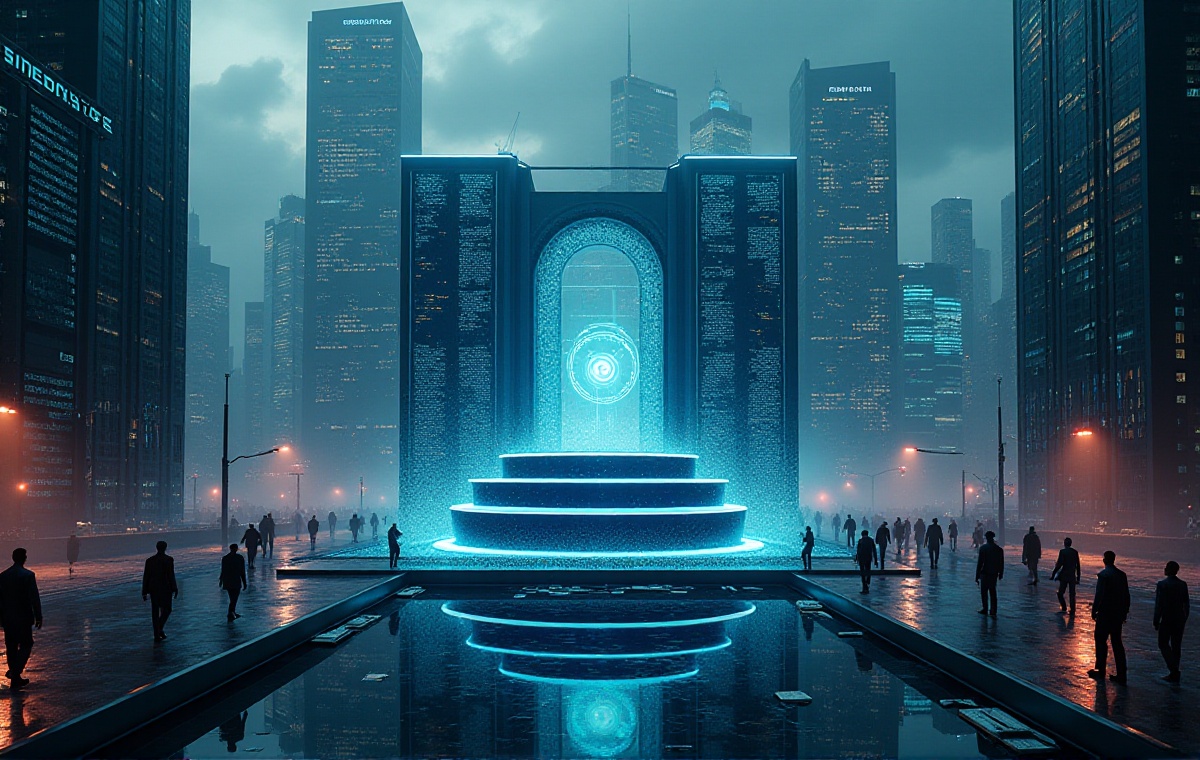First Encounter with the British Museum
The moment I first stepped into the British Museum, my heart couldn't calm down for a long time. Standing under Europe's largest glass-roofed plaza, sunlight streamed through the massive glass dome, bathing the entire space in a warm golden glow. This overwhelming sensation made me unconsciously slow my steps, deeply immersed in the moment.
The galleries surrounding the plaza display precious artifacts from around the world, each telling its unique historical story. The Parthenon sculptures in the Greek section are breathtaking; the lifelike statues seem to have traversed thousands of years to bring ancient Greece's glory before our eyes. The mummies and burial goods in the Egyptian section evoke thoughts of the mysterious civilization along the Nile, with exquisite gold ornaments and painted sarcophagi demonstrating the ancient Egyptians' unique understanding of life and death.
In the Asian galleries, exquisite porcelain and bronze pieces tell stories of Eastern civilization. Looking at these exhibits, I couldn't help but think how these fine artworks promoted cultural exchange between East and West centuries ago. China's Silk Road carried not only goods but also spread the seeds of civilization.
Eternal Treasures
The Rosetta Stone gallery is always one of the most crowded places. This seemingly ordinary black basalt stone is the key to unlocking the code of ancient Egyptian civilization. The stone is inscribed with the same content in three scripts: Ancient Egyptian hieroglyphs, Demotic script, and Ancient Greek. It was the comparison of these three scripts that allowed archaeologist Champollion to finally decipher the mystery of ancient Egyptian hieroglyphs.
Whenever I stand before the Rosetta Stone, I try to imagine how archaeologists worked day and night studying this stone. Facing these mysterious symbols, they must have experienced countless failures and setbacks. But it was their persistence that allows us today to read and understand those ancient hieroglyphs, learning about ancient Egyptians' lives, beliefs, and wisdom.
Besides the Rosetta Stone, the British Museum houses many other important artifacts. For example, the majestic human-headed winged lions in the Assyrian gallery once guarded the gates of Nimrud Palace. These sculptures not only demonstrate the artistic achievements of ancient Mesopotamian civilization but also show us ancient peoples' pursuit of power and divinity.
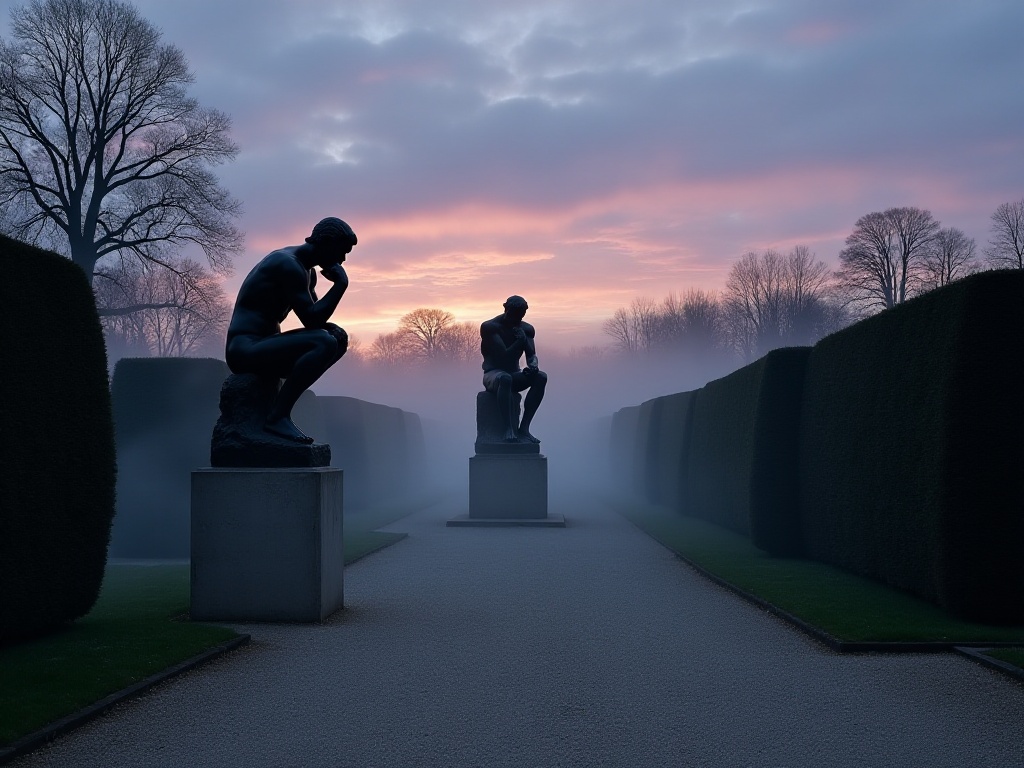
Temple of Art
The Musée d'Orsay is absolutely the most romantic museum I've ever seen. This museum, converted from a train station, perfectly interprets what it means to combine art and architecture. The preserved original architectural elements, such as the giant clock and ornate ceiling, all tell the story of this building's past and present.
Walking through the galleries, Impressionist masters' works are overwhelming. Monet's Water Lilies series occupies an entire wall, with colors seeming to change constantly with the natural light. Cézanne's still lifes give unique vitality to ordinary fruits and tableware, while Van Gogh's Café Terrace at Night forever captures an Arles street corner under the starry sky.
The second floor galleries house numerous Post-Impressionist and Symbolist works. Gauguin's vibrant Tahitian landscapes transport viewers to a South Pacific tropical paradise, while Rousseau's primitive works lead us into a fantastical world full of imagination. Each painting is the artist's unique interpretation of life, telling stories of their era.
What fascinates me most is the museum's fifth-floor restaurant. Through huge windows, you can overlook all of Paris - Notre-Dame's spires, the Louvre's glass pyramid, and the distant Eiffel Tower are all in view. Dining here is like enjoying a feast for both eyes and palate.
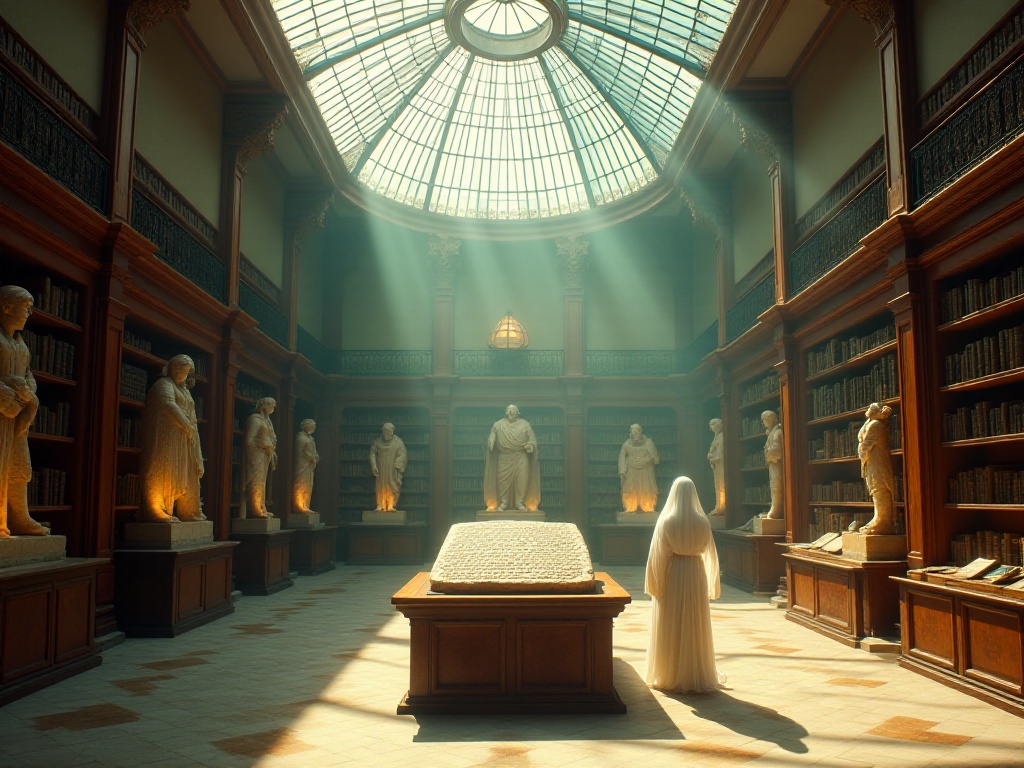
Home of The Thinker
The Rodin Museum feels very special because it's not just a museum but also the artist's former residence. Located in Paris's Montparnasse district, this 18th-century building was where Rodin created and lived in his later years. Entering the museum, you can almost feel the artist's presence.
The museum's garden is particularly enchanting, with various sculptures scattered among the greenery. Most notable is the famous The Thinker. This bronze statue, with its profound expression and contemplative pose, has become a symbol of human intellectual contemplation. Whenever I look at this statue, I imagine how Rodin captured such deep philosophical thought in bronze.
Besides The Thinker, The Kiss is another unforgettable work. Two embracing lovers perfectly demonstrate love's tenderness and passion through their delicate expressions and poses. Rodin's portrayal of the human body is so vivid - every muscle's contour, every movement's detail is full of life's rhythm.
The museum preserves Rodin's studio, with various unfinished works and plaster models offering glimpses into the artist's creative process. Looking at these works, I can imagine Rodin immersed in creation here, feeling his relentless pursuit of art.
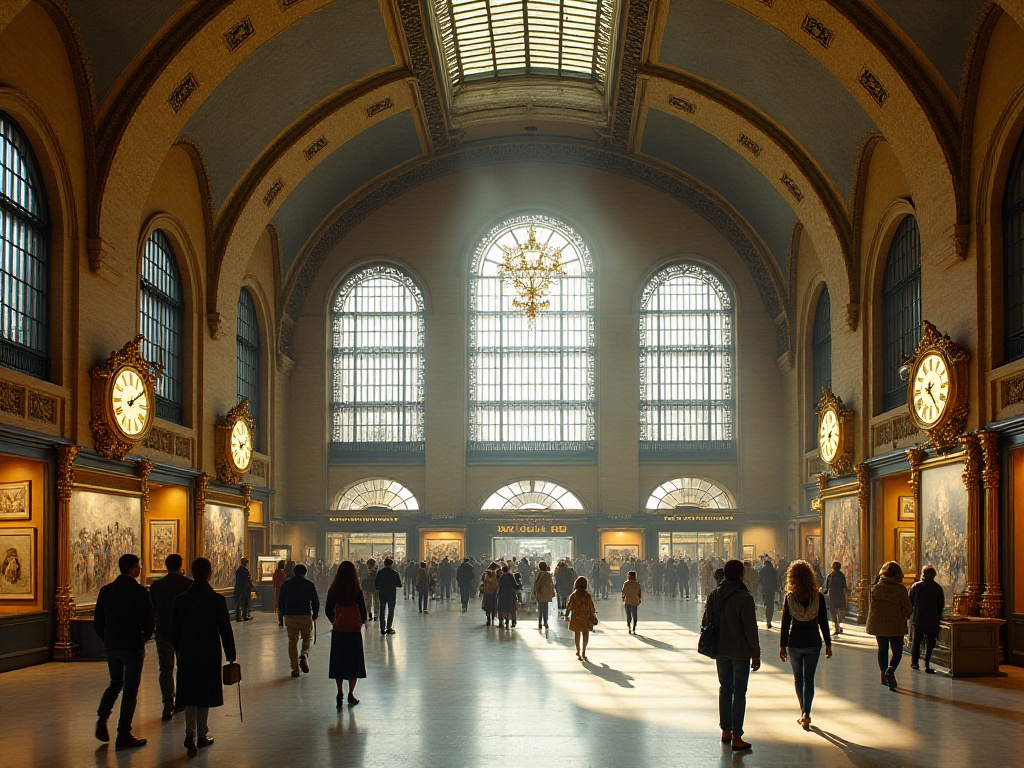
Artistic Innovation
The Guggenheim Museum's architectural design is a milestone in modern architectural history. This building, designed by Frank Lloyd Wright, shocked the architectural world with its unique spiral structure. Entering the museum, you find yourself in a giant artistic spiral, an experience unmatched by other museums.
The exhibition space extends upward along a spiral ramp, allowing visitors to view artworks on both sides while walking. This design not only breaks from traditional museum exhibition methods but creates an entirely new viewing experience. From bottom to top, the artwork arrangement follows a chronological progression, letting visitors experience art's evolution through both space and time.
The modern art collection is equally impressive. Picasso's Cubist works show a breakthrough from traditional painting forms, while Kandinsky's abstract works let viewers feel the pure power of color and shape. Andy Warhol's Pop Art reflects modern consumer society's characteristics, while Rothko's Color Field paintings bring profound visual impact.
Particularly noteworthy is the museum's lighting design. Natural light from skylights flows through the spiral space throughout the day, giving artworks different appearances at different times. This change itself is a dynamic artwork, making the visiting experience richer and more colorful.
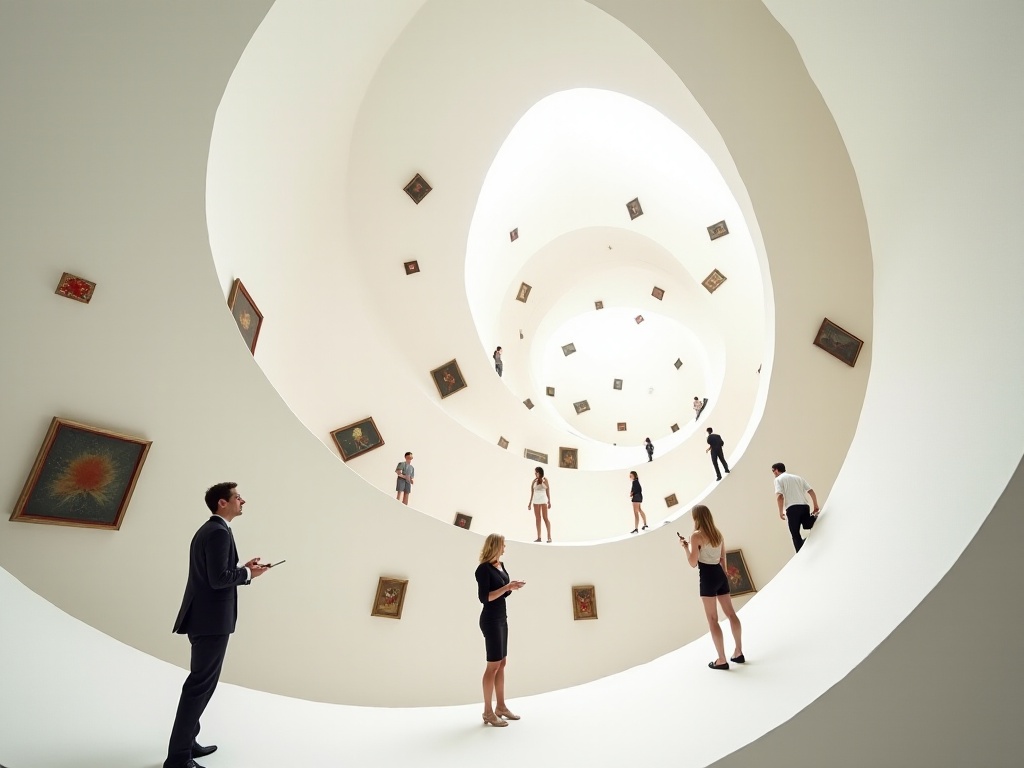
Design Pioneer
The Design Museum Holon's architecture is like a giant sculptural artwork. Designed by Ron Arad, this building has become an iconic work of Israeli architectural design with its streamlined appearance and unique material treatment. The museum's exterior walls, made of orange and red steel plates, display different color changes in sunlight, like a breathing artwork.
The exhibition content is equally innovative. From industrial design to fashion design, from architectural design to digital art, the museum comprehensively shows design art's diversity. The interactive exhibition areas are especially notable, allowing visitors to personally experience design's charm and understand how design changes our lifestyles.
At the Ragnarok Museum in Denmark, innovation is interpreted differently. This museum, focused on music culture, shows how music influences social change and cultural development through sound installations, video materials, and physical exhibits. From rock to electronic music, from folk to experimental music, each section tells the story of music's interaction with society.
The museum pays special attention to the relationship between music and political movements. Through extensive historical materials and audio recordings, it shows how music from different periods became a driving force for social change. For example, anti-war songs of the 60s and the punk movement of the 70s all find their place here.
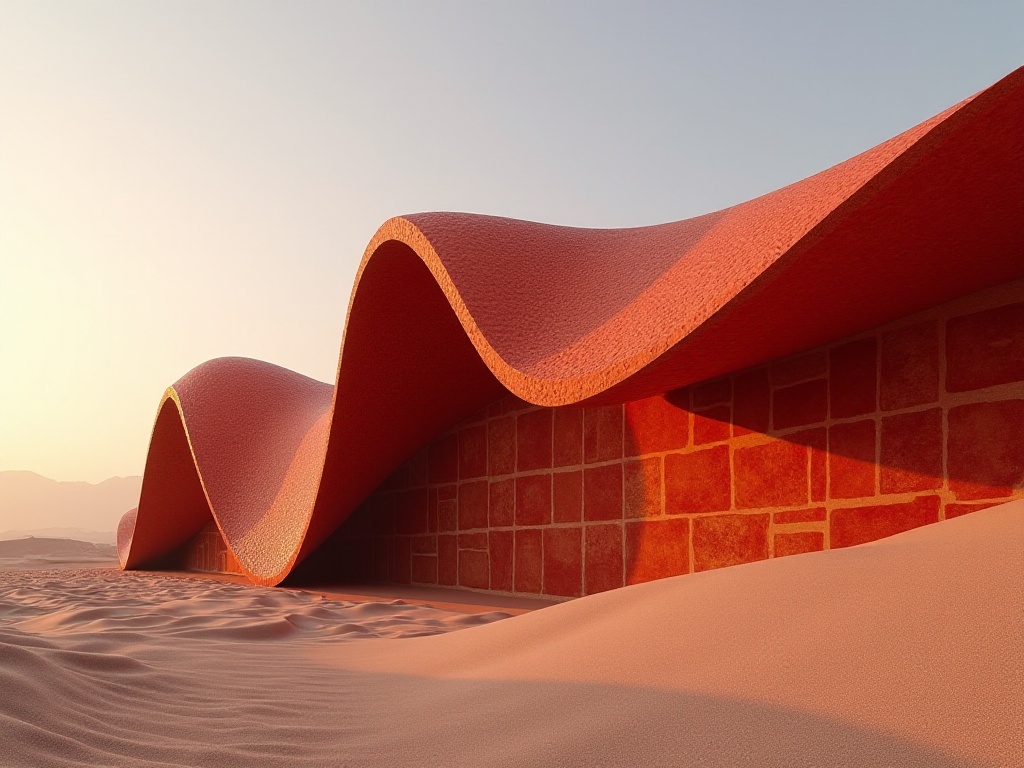
Deep Reflection
After visiting so many museums, I began to contemplate their true significance. They are not merely places to collect and display artifacts but witnesses and transmitters of human civilization. Each museum, in its unique way, preserves and conveys human wisdom and creativity.
Museums allow us to cross the boundaries of time and space, dialoguing with people from different eras and civilizations. Through these carefully preserved artifacts and artworks, we can understand our ancestors' lifestyles, aesthetic concepts, and values. This understanding helps us not only recognize the past but also inspires us to think about the future.
In this rapidly developing era, museums' roles become increasingly important. They must not only protect and study artifacts but also attract new generations through innovative methods. The application of digital technology, development of interactive exhibitions, and promotion of educational programs all push museums to keep pace with the times.
Each museum is an open book recording human civilization's story. And we visitors are listeners and spreaders of these stories. Through museum visits, we not only enrich our knowledge but also contribute to passing on human civilization.
Have you visited these museums? Or which one would you most like to visit? I'm curious to hear your thoughts and experiences. After all, everyone's feeling about art is unique, which is precisely art's charm. Let's discover our own emotions and thoughts together in these art temples.


